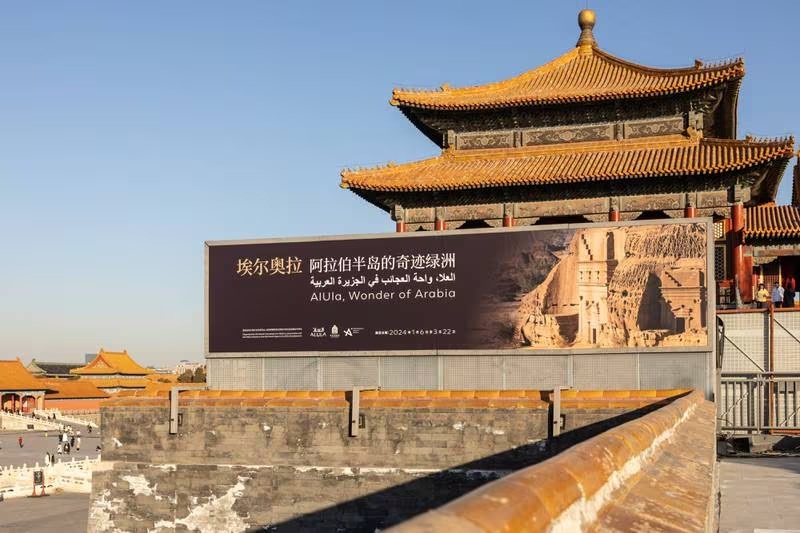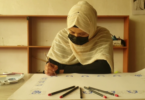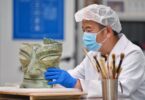David Tusing
An exhibition showcasing rare archaeological artefacts from AlUla dating back 7,000 years has opened in Beijing.
More than 230 items are being displayed at AlUla, Wonder of Arabia at the Palace Museum in the Forbidden City complex. They include 50 shown in public for the first time, as well as recently excavated cultural relics and ancient animal bones from mustatils (stone monuments) dating to the prehistoric era.
Sculptures, pottery, rock paintings, inscriptions and bronze relics on display are accompanied by an immersive multimedia presentation, as well as works by renowned photographer Yann Arthus-Bertrand showcasing the striking landscape of the Saudi region.
:quality(70)/cloudfront-eu-central-1.images.arcpublishing.com/thenational/2VA2B66V7BAV3HKVHNRFITN7GA.jpg)
Previously held at the Arab World Institute in Paris from October 2019 to March 2020, the updated version is curated by archaeologists Abdulrahman Alsuhaibani, executive director of archaeology, conservation and collections at the Royal Commission for AlUla, and Laila Nehme, a senior research fellow at the French National Centre for Scientific Research.
Arranged chronologically, visitors will first explore the geographical and environmental settings that facilitated the earliest human settlements in AlUla. They will then follow a thematic layout, with stops at the four main heritage sites in AlUla Valley: Dadan, Qurh, Old Town and the Unesco World Heritage site Hegra, renowned for its stone-carved facades of tombs and well-preserved funerary monuments.
:quality(70)/cloudfront-eu-central-1.images.arcpublishing.com/thenational/HTGQSDR7NFBE5OKWCA5EIID4EM.jpg)
The Palace Museum is one of the most-visited Unesco World Heritage Sites.
The exhibition aims to remind visitors of trade routes that once connected the Arabian Peninsula with China. AlUla lies along the ancient Incense Road and later routes of pilgrimage to Makkah.
These routes enabled the transport of Chinese silk and ceramics to the peninsula, with Arabian frankincense among other precious goods flowing to China.
Subsequently, AlUla emerged as a crucial hub where traders, pilgrims and travellers converged, leaving behind a mosaic of cultural and commercial exchange.
Courtesy: thenationalnews







